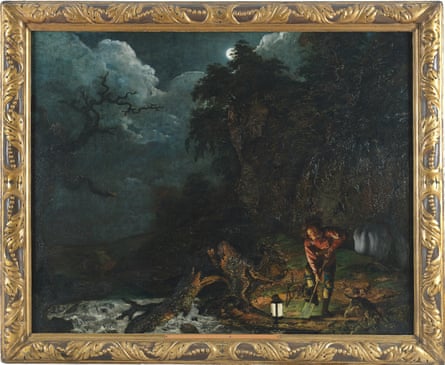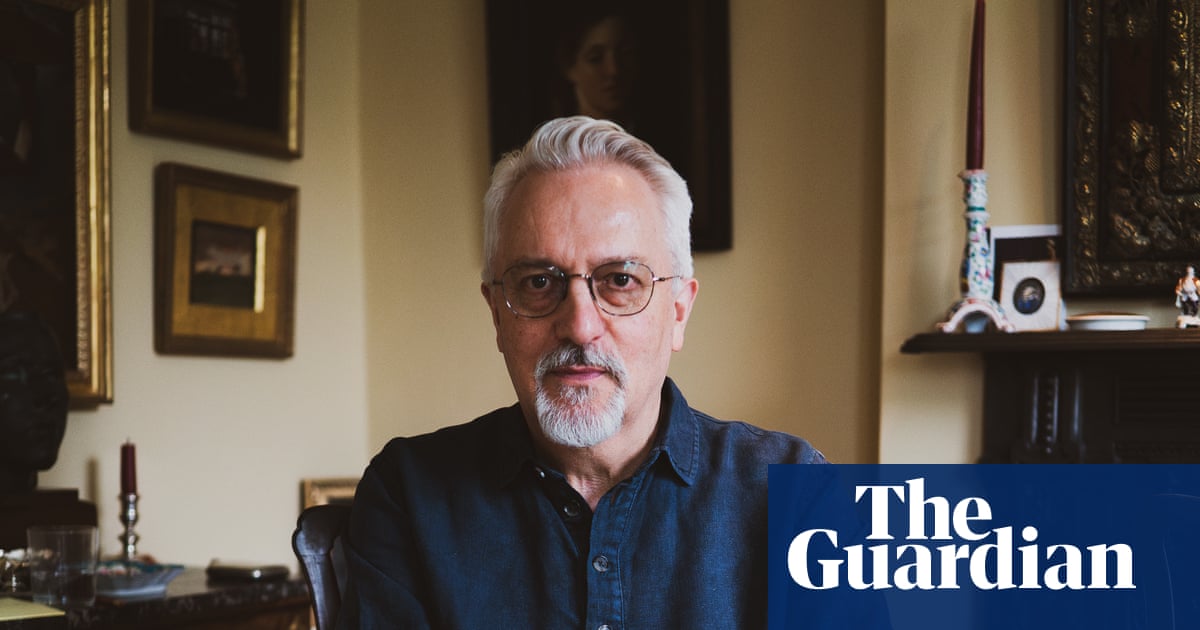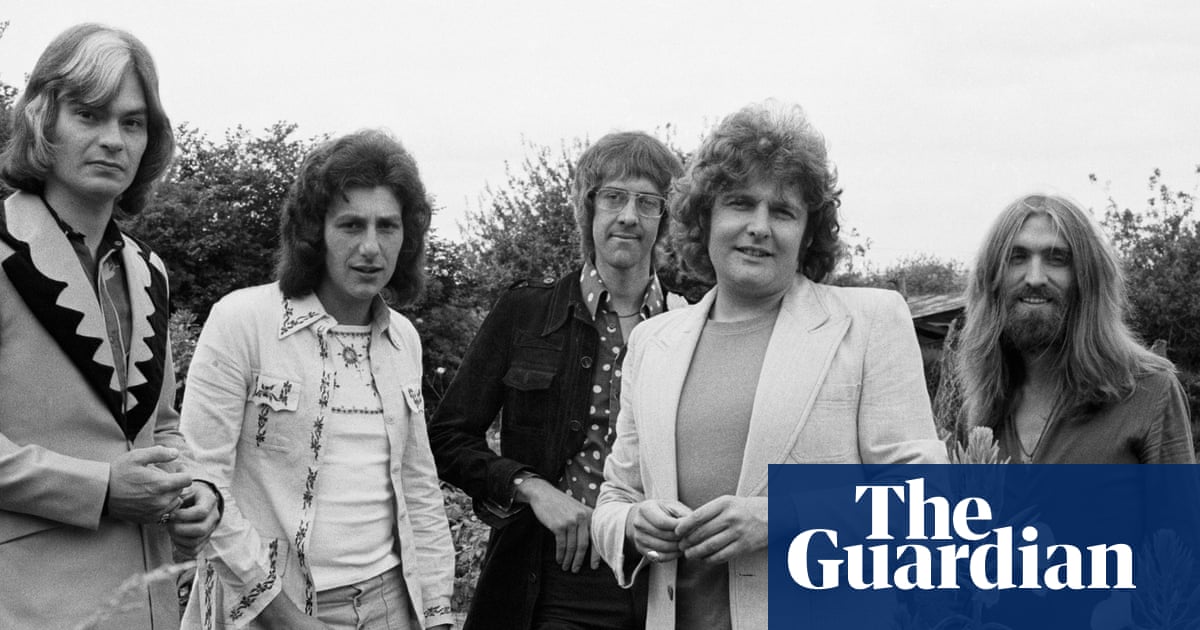He looks like he’s up to no good. In the depths of the night, under trees and clouds turned silver and black by the full moon, a man is at work with a shovel. Is he burying a body or digging bits up for a Frankensteinian experiment? After all, this painting was done by Joseph Wright of Derby, a friend of pioneering scientists and industrialists in the Lunar Society of Birmingham, leaders of the new science that would inspire Mary Shelley.
But the man beside the foaming river Derwent is not collecting body parts. He’s doing something just as nefarious by 21st-century moral standards: blocking a fox den so the foxes can’t get back in and will be easy game for the hunt tomorrow. Maybe Wright shares my compassion for foxes, because An Earthstopper on the Banks of the Derwent genuinely is a bit sinister. Yet it has a hypnotic beauty. Two light sources – a lantern and the moon – make this night anything but dead as we almost hear leaves rustle, white water rush and the earthstopper’s spade clunk. It’s one thing to paint a landscape by day. Wright makes one come fantastically alive by night.
The National Gallery’s close look at Wright’s paintings of darkness and illumination reveals him as the first gothic artist. The gothic novel was invented when Horace Walpole published The Castle of Otranto in 1764; Wright painted his journeys into the horrors of the night in the 1760s and 70s. But the bloodcurdling secret at the heart of these paintings is scientific not supernatural.

In A Philosopher by Lamplight, two young travellers have found more than they bargained for. Stumbling over a moonlit stream to a cave lit by a lonely candle, they look in terror upon an old man playing with a skeleton, lifting a bony leg as its skull stares from hollow eyes. The hermit is a philosopher trying to puzzle out what happens when we die. But the answer is nothing. For as science took hold in 18th-century Europe as a way of rationally understanding nature, God might be dead, according to radical minds like Wright of Derby’s friend Erasmus Darwin, grandfather of Charles.
In The Blacksmith’s Shop, the glowing metal on which the blacksmith is working lights up a ruinous building: the workshop is inside a classical temple with Corinthian pilasters. This is an unmistakable reference to Renaissance paintings of the nativity where the stable is often a dilapidated Roman temple, symbolising the death of paganism and rise of Christianity. What can it represent here except the modern material world being born in turn from Christianity’s wreckage?
Open your eyes to the nature of the universe, the true magic of science, urges this artist of Enlightenment in his spectacular canvas A Philosopher Giving That Lecture on the Orrery in which a Lamp Is Put in Place of the Sun. The National Gallery provides a real orrery, a mechanical model of the solar system, for comparison.

One reason Wright’s painted orrery is so bewitching is that you see it at different scales from the perspectives of the audience gathered round the model in a shadowy library. Go close to the enthralled faces of the children and it seems vast; stand further back and it’s a scientific toy, small compared with the lecturer and the gentleman beside him who assiduously takes notes. The scientist looks at him sceptically; a woman in a hat and jewels seems a little blank-eyed. Compared with the children, these adults are less electrified by curiosity.
Maybe shock tactics are needed. Wright’s Orrery, like other paintings here from the superb collection of his work at Derby Museum, is reunited with his other great science spectacle, the National Gallery’s An Experiment on a Bird in the Air Pump. Painted two years after his Orrery, it shifts the focus from wonder to dread. One girl hides her face, too appalled to look – for the lecturer is about to create a vacuum in a glass chamber, killing the white cockatoo inside.
Wright gives this experiment hard-edged reality. It’s the summit of his use of light cutting through darkness to define objects and spaces. The machine at the heart of the action is a formidable structure, its wooden column and brass fittings suggesting the steam engines being perfected by Lunar Society members. In the immortal words of the society’s co-founder Matthew Boulton: “I sell here, Sir, what all the world desires to have: power!”
The audience in Wright’s painting includes members of the local gentry in a Georgian country house, but the power is not in their hands. It is a new kind of power possessed by the scientist. This 18th-century Oppenheimer gazes at us as he prepares to crank the handle, kill the bird, detonate the bomb. Wright isn’t rejecting science but intuiting that it will change these people’s world – and ours – as surely as that bird will die. Candlelight from behind fills a glass vessel with liquid light as if it were radioactive, illuminating a human skull. This is meant to be a rational exposition of the vacuum, but has become a nightmarish theatre of science, power, cruelty and death. Perhaps the youngest girl, who can’t take her eyes from the horror, is plotting a gothic novel of her own.

.png) 4 hours ago
9
4 hours ago
9

















































